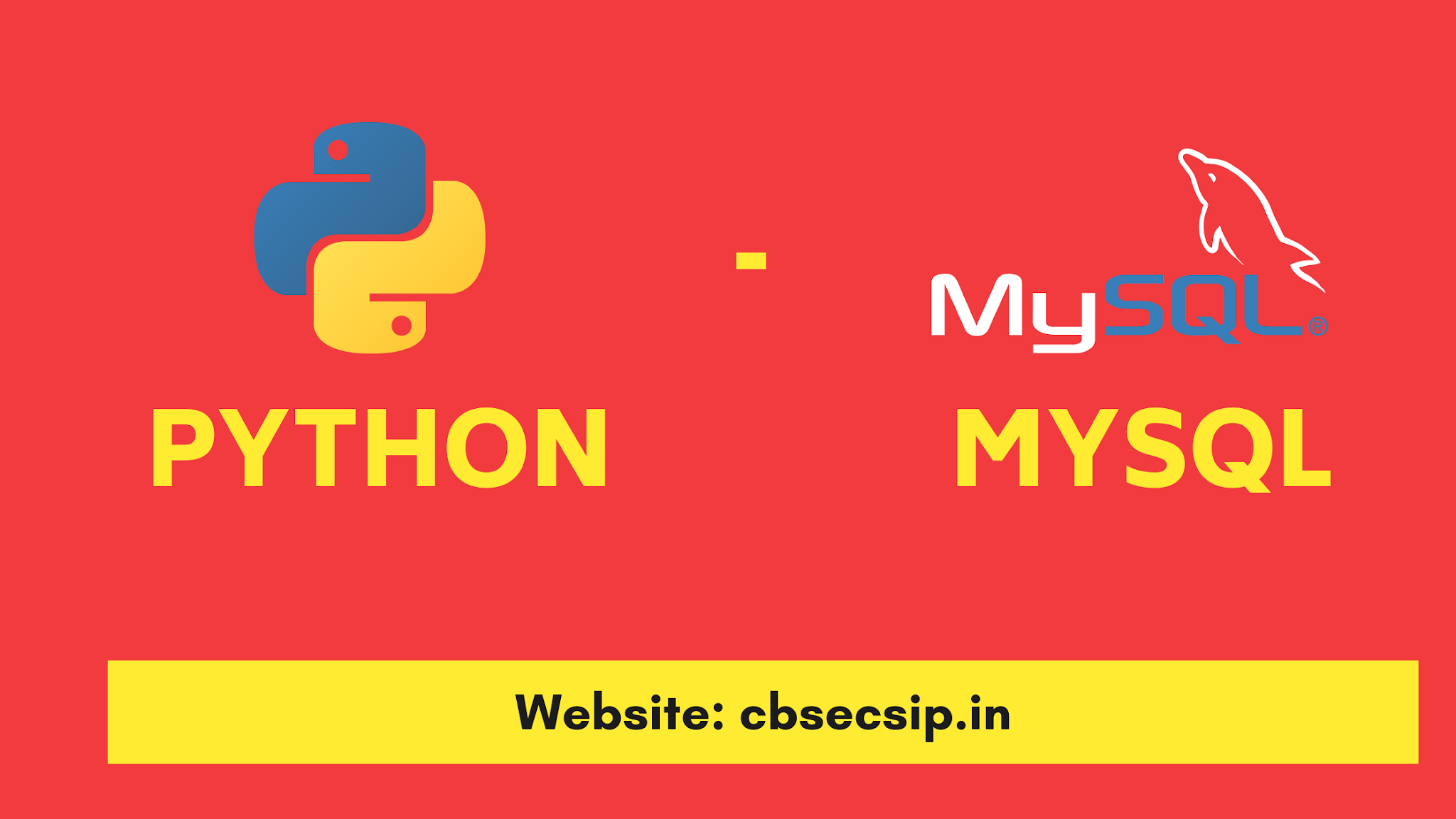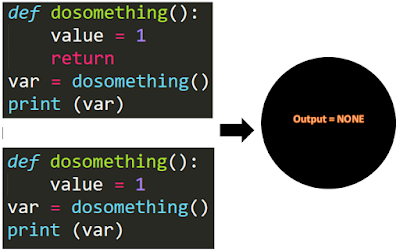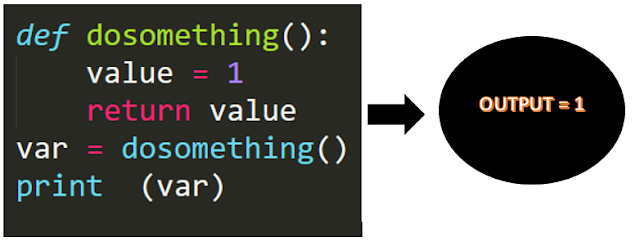Purchase the Class 12 CS CRASH COURSE ebook from here. It is based on the Revised Syllabus of CBSE and Covers UNIT-1 and UNIT-3 of Class 12 CS CBSE Syllabus.
Free Video Lectures are available on the youtube channel cbsecsip, click here to access the free video lectures.
Note:-
- eBook PDF file will be delivered in your email within 15 - 20 minutes of purchase.
- This book covers UNIT-1 and UNIT-3, all the topics which are discussed in the Online Youtube Class 12 CS CRASH COURSE of cbsecsip.
- Once purchased, the item is not exchangeable or refundable.




























